Earlier this week, I reached the summit of Uhuru Peak of Mount Kilimanjaro. A beautiful moment and certainly a moment I will cherish forever, as detailed in my hiking trail story (also, see the full overview of posts around my hike). However, this euphoria turned sour the day after, when I heard that on the same morning, some two hours after me reaching the Uhuru Peak summit on Kilimanjaro, a fellow climber had died. I am -36 hours later- still shaken by the news. It feeds into a bigger narrative that had been building in my mind over the last months: it’s all fun and games until somebody dies.
What happened
What happened allegedly; I heard from a guide that after reaching Uhuru Peak (the Kilimanjaro highest point) and descending past Stella Point, a fellow climber had become confused and disoriented, had stumbled, fallen and hit a rock with his head. The rescue helicopter that came in (and that I did actually hear while back in basecamp but had not registered) turned out to be too late. I can not find any news articles on the deceased hiker, but this seems to be fitting into a wider suspicion that has been circling around that local authorities have all incentives to not report about incidents on the mountain. True or not (I have no reaso to doubt the guide’s reports and it matches with me hearing the helicopter overhead). I was shocked but in a way not surprised.
It certainly was not the only incident when I was on the mountain. A guide told me two people were evacuated from Shira 1 camp because one of them had fallen ill (I did not witness that, but I did see porters coming down the trail telling their job was finished). And I witnessed a helicopter evacuation from Barranco camp while I was climbing the Barranco wall.
To make things clear: I do not want to discourage people from climbing Mt Kilimanjaro or from hiking in general. Quite the opposite. But I do want to urge caution and make a plea for a more realistic approach to promoting travel and tourism.
The bigger narrative
It feeds into a bigger narrative. A narrative in which destinations with real life risks are perceived as
The Jordan Trail (read my review here) was announced by the Lonely Planet to be one of the top-10 places to visit in the world, leading to a strong growth in Jordan tourism. It is the same Jordan Trail where one of my friends – quite an experienced hiker – had to be evacuated by the local army because he got dehydrated and collapsed. It is the same Jordan Trail where I myself (neither an unexperienced as a hiker) got lost, had to climb out of a canyon and almost got stuck in a flood.
Iceland has seen a massive boom in tourism. When hiking the Laugavegur and Fimmvordurals trails in Iceland, I met a South-Korean guy who literally came to the trail straight from the airport and the only food he had brought for the 5-day hike was a bag of nuts he bought on the airport – trusting he could buy stuff on the trail. It was the same South-Korean guy by the way who saw his tent ripped apart by a storm in the Landmannalaugar basecamp (so even before starting the hike). He had found the trail on Instagram and figured it would be a good way to spend his last few days in Europe.
There has been an ongoing discussion in the Arctic Circle Trail Facebook group on the Arctic Circle Trail getting more popular and the level of experience required to be able to hike the trail conveniently. A 160km remote trail, at moments more than 3 days from the nearest settlement requires rigorous preparation.
And finally, Kilimanjaro. Kilimanjaro is promoted as a hike for everyone. A quick Google search will turn up quotes like “Kilimanjaro is known as “Everyman’s Everest” because it is a challenge that is completely doable by laymen” and “before Kilimanjaro I had zero climbing or hiking experience. It was one of these things in life I decided to do”. It feeds into an idea that just turning up and paying the 2000-3000 euros for an expedition will buy you the bragging rights and matching Instagram post.
It is hard to get facts on success rates, incidents and deaths, but the overall success rate on what is supposed to be the easiest route, the Marangu route – referred to by the locals as the ‘Coca Cola route’ is said to be 42% (2013 numbers, can not find the source). This number circulates widely on the internet.
A perfect storm – it’s all fun and games until somebody dies
It all seems to be the result of a perfect storm: more and more we get inspired by Instagrammable destinations (last year, I wrote a post on Instagrammable destinations – the bad way about this), we’re looking for experiences that are unique and are biased to sharing predominantly the positive sides of our experience.
To report on the amazing view on Mt Kilimanjaro is cooler and generated more likes than reporting on how altitude sickness sucks, how much training and preparation goes into climbing the mountain and how unpleasant the smell is of 7 guys who have not showered for a week.
This all leads to extreme, Instagrammable destinations (Kilimanjaro, Jordan Trail, Arctic Circle trail, etc etc etc) gaining massively in popularity. This popularity is not necessarily a big problem, as long as it is matched with responsible travel (see my earlier post) and the appropriate planning and preparation. With the increasing need for instant gratification and Instagrammable destinations, we too often overlook these aspects. The more this happens, the more likely it is above incidents will increase in frequency.
Safety first. Tuende salama, go safely.
It’s all fun and games until somebody dies.
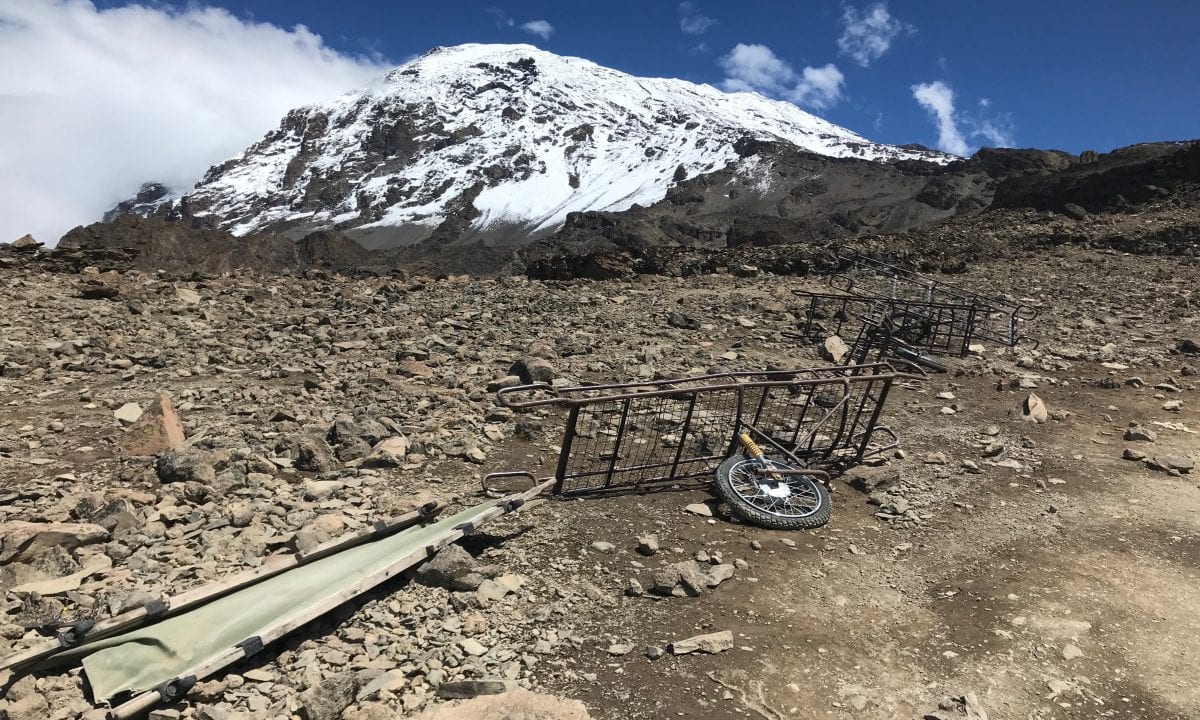

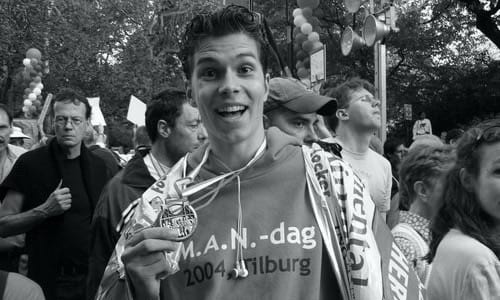

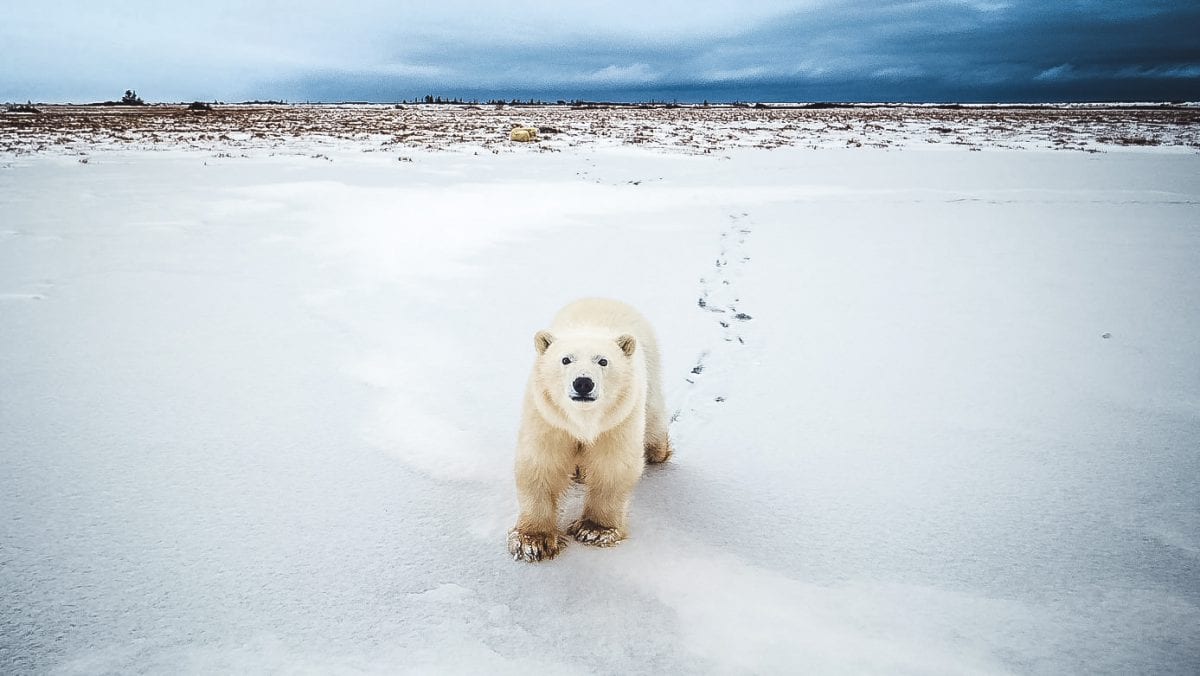
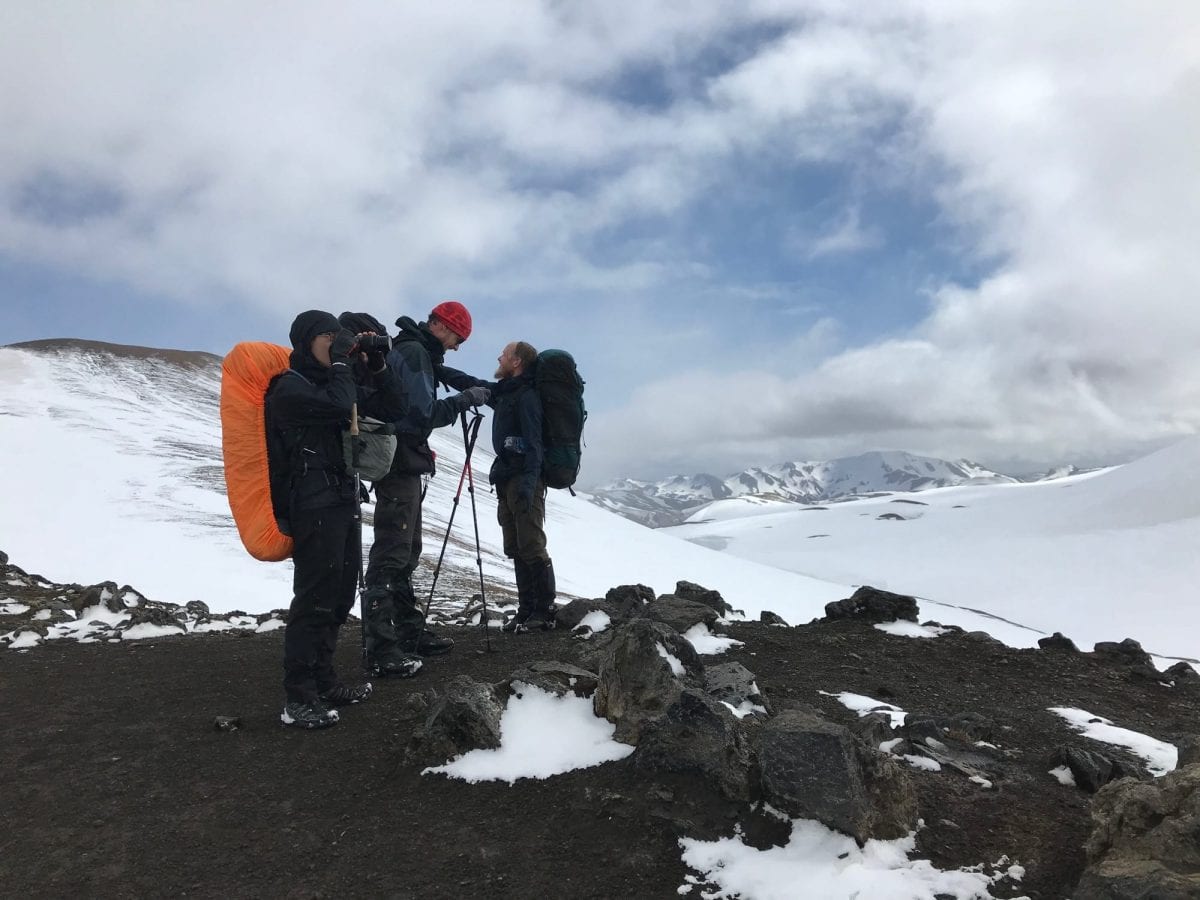

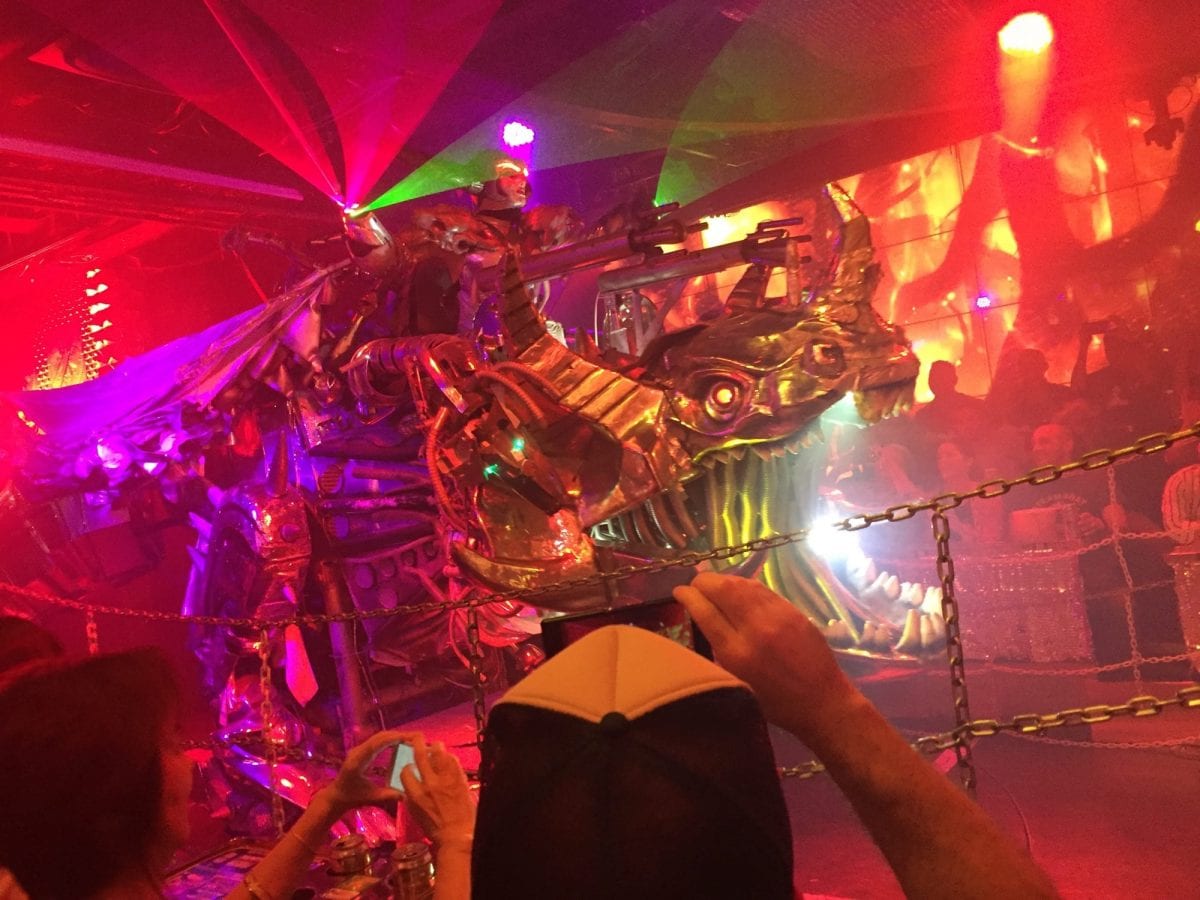
2 comments